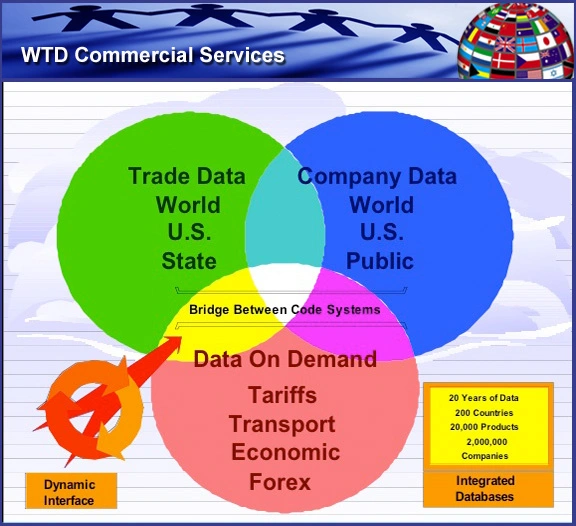From Euromonitor: Special Report: Turbulent Times for Global Manufacturing. The global manufacturing sector is becoming accustomed to volatile market conditions, a result of wild swings in demand and commodity prices over 2005-2011. Having overcome the global economic downturn of 2008-2009, manufacturing continues to face a number of challenges. While the global shift in production presents strong opportunities for savvy businesses, traditional consumer markets are forcing out manufacturing industries to more cost-effective locations.
- Manufacturing is a key component of global industry, responsible for a large share of employment and investment, with its fortunes directly linked to consumer confidence. In 2010, total global manufacturing production made up 57.0% of the world’s total GDP.
- The impact of the global economic downturn of 2008-2009 sent global manufacturing production tumbling, with world output falling by 12.5% annually in real terms in 2009 as consumers toned down their expenditure and demand plummeted. However, over 2005-2010, real global manufacturing output actually expanded by over a fifth.
- Although all regions saw a real annual fall in manufacturing production in 2009, Eastern Europe was particularly hard-hit, with its manufacturing as a percentage of total GDP falling from 17.0% in 2008 to 15.7% in 2009. By contrast, Asia Pacific’s manufacturing sector rode out the global economic downturn relatively well.
- 2010 saw a solid recovery in manufacturing as the global economy improved, with annual world real GDP growth reaching a healthy 5.2%. The great manufacturing shift from advanced to developing economies continues unabated, with China leading world total manufacturing production in 2010. Consumers, meanwhile, have benefitted from market diversification, greater competition and a wider array of low-cost goods and services.
- However, a series of fiscal and supply-chain shocks over 2011 have brought greater volatility to commodity prices and consumer demand, resulting in a dampened, albeit still positive, forecast annual global manufacturing growth in 2011. The outlook in Western Europe is especially fragile, although economic tremors can spread globally should the eurozone debt crisis worsen.
Prospects
Total global manufacturing production is expected to expand by 7.7% in real terms in 2011 annually. Most of this growth will come from Latin American and Asia Pacific, although Western Europe is expected to improve on its 2010 manufacturing output. However, with a number of Western European nations languishing well below 100.0 in the Manufacturing Production Index (1995=100) in 2010, the macroeconomic and manufacturing shift from advanced economies to emerging markets will likely continue. As a result of Arab Spring disruptions across 2011, Middle East and North Africa are projected to see greatly reduced manufacturing capacity in the short term.
Notable manufacturing strategies have been implemented in both Brazil and China. Brazil’s government launched the “Bigger Brazil” plan in August 2011, which is set to enhance the business environment for manufacturing businesses through subsidies and tax cuts. China’s 12th Five-Year Plan (2011-2015), announced in March 2011, focuses on developing sustainable, high-tech manufacturing industries while downgrading its low-quality goods production, with potentially long-reaching consequences for global exports. This may provide opportunities for other emerging nations to take over China’s mantle as a major cheap goods producer in the long run.


 15/01/2012
15/01/2012 


























































































































































































































































































































































Comments are closed.